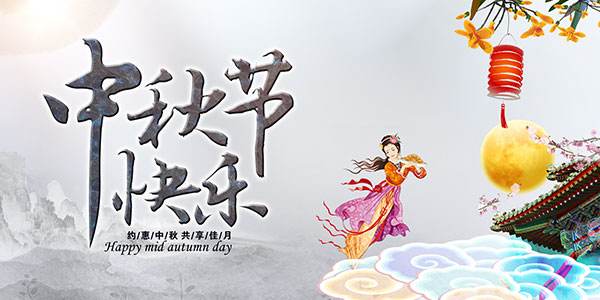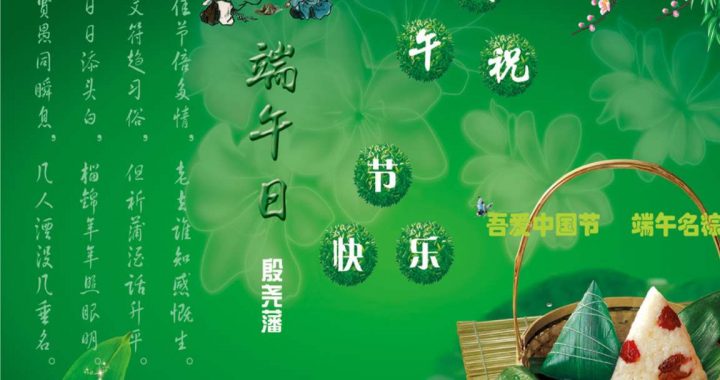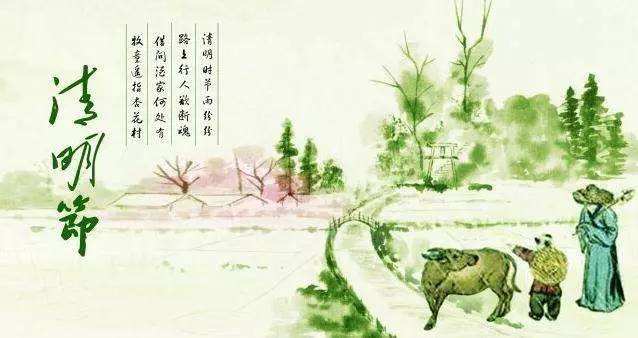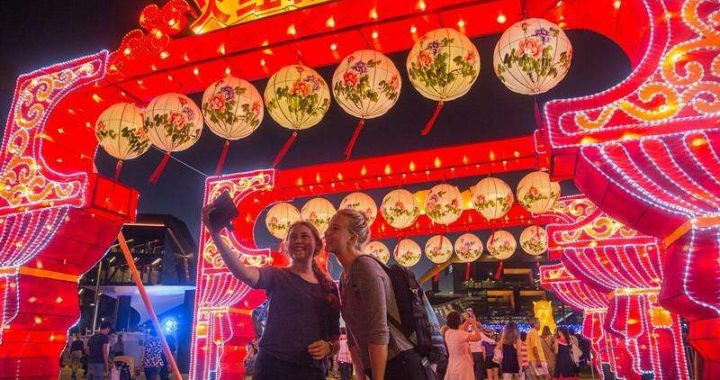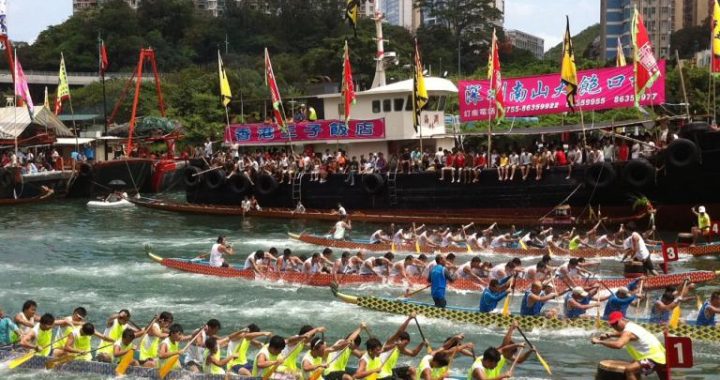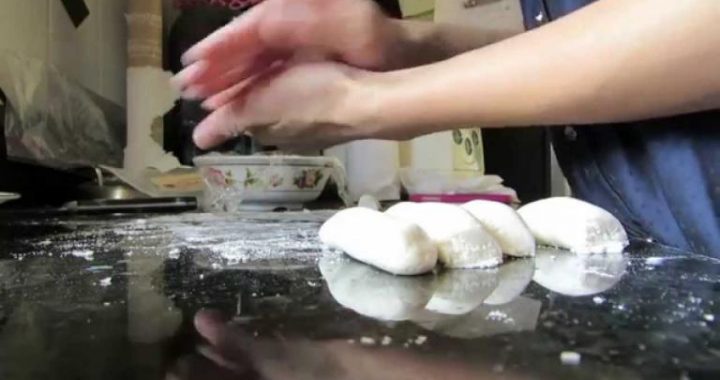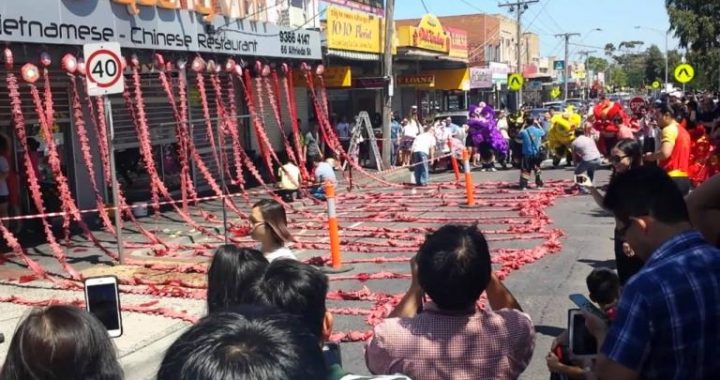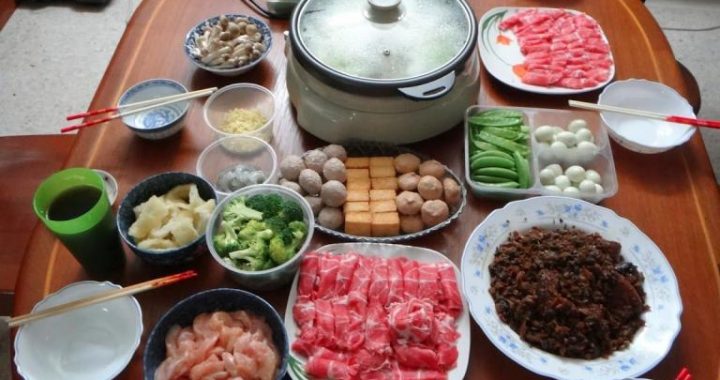National Day
7 min readTo be brief, the national celebration is celebration for a state’s festive event. In ancient times, there was no national day in China, and similar days of celebration were selectedonly for ma jor events such as an emperor’s enthronement, birth, marriage and victory inwar. On these days, rulers often granted an amnesty and the whole country celebrated. The”Qianqiu Festival”is a typical example. In the 171h year of the Kaiyuan Period of the Tang Dynasty(729 AD), Emperor Xuanzong (on the throne from 712 to 756) made the 5th day ofthe 8th lunar month (his birth day) the “Qianqiu Festival.”In every Qianqiu Festival, Emperor Xuanzong and Imperial Concubine Yang held grand banquets and music and dance performances in the Xingqing Palace in Chang’ an to have a good time together with all civil and military officials and ordinary people in Chang’ an. However, this festival is obviously different from today’s National Day, which emerged with the emergence of the modern nation and state as a festival symbolizing an independent country, reflecting this country’s state system and regime and commemorating a special historical moment of the country’s birth or revolution. China’s National Day is October 1. After October 1 was designated as the National Day of the People’s Republic of China on December 2,1949, at the 4th Meeting of the Central People’s Government Council, this day was endowed with special meaning, was deeply embedded into Chinese people’s political and social life, and became a moment of the Chinese people’s national celebration.
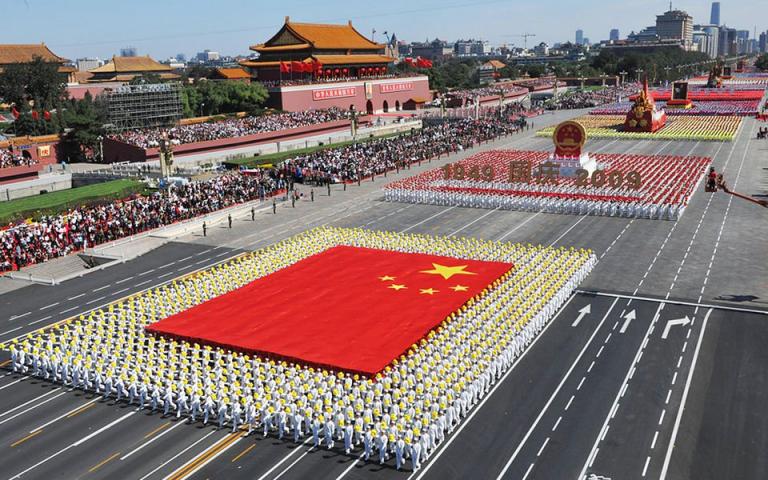
The customs of the National Day include more political, public and contemporary contents than those of traditional festivals.A series of celebration activities and military reviews are held to demonstrate the state’s power, publicize the state system, shape the country’s image and enhance the country’s confidence. On every National Day, Beijing’ sTian’ anmen Square and Chang’ an Avenue become the center of festive exhibition shows.
National flag raising ceremony held by the Macau Special Administrative Region on the Golden Lotus Square in Macau to celebrate the 61t anniversary of the founding of the People’s Republic of China at 8:00 a.m, October 1The Tian’ anmen Square is the largest urban square in the world and a sacred place for holding ma jor celebrations, grand gatherings and receptions of foreign guests in the People’s Republic of China. Tian’ anmen Gate is to the north of the square, and Zhengyang Gate is to the south of the square on Beijing’s axis. The Tian’ anmen Square was the place where emperors of the Ming and Qing dynasties promulgated decrees and is now the most important viewing stand for National Day ceremonies. The National Museum of China is to its east, and the Great Hall of the People is to its west. The National Museum of China collects the most important cultural relics of ancient China and modern Chinese revolution and development. The Great Hall of the People is the place where the National People’s Congress is convened, an important venue for political activities held by the Communist Party of China, the Chinese government and various people’s organizations, and a venue for political, diplomatic and cultural activities held by China’s state leaders and Chinese people. At the center of the Tian’ anmen Square is the Monument to the People’s Heroes which is 37.94 meters high, commemorating the people’s heroes who died in the people’s war of liberation and revolution. The body of Mao Zedong, the founder of the CommunistParty of China, the People’s Liberation Army and the People’s Republic of China, is in Chairman Mao’s Memorial Hall,a grand hall on the square. Many symbolic buildings standalong Chang’ an Avenue in front of the Tian’ anmen Square, also known as “Long Street of Ten Li.”The wide street is the place where military reviews are held. This spatial arrangement and all buildings have sacred symbolic meanings, so it has become the core of the National Day as a matter of course.
Because of political and national situations, in more than 60 years after the founding of the People’s Republic of China, National Day celebrations on the Tian’ anmen Square alsochanged a lot. In the early period of the People’s Republic of China(1950-1959),a large-scale celebration activity and military review were held on the National Day every year.
From 1960 to 1970,a grand gathering and mass parade activity were held in front of the Tian’ anmen Square on the National Day every year, but no military review is held. From 1971 to 1983, Beijing celebrated the National Day in other forms such as large-scale gardenget-together activities on October 1 every year, but no mass parade was organized. In 1984, on the 35th National Day,a grand National Day military review and mass celebration paradewere held. In the next more than ten years, the National Day was celebrated in other forms, and no National Day military review or mass celebration parade was held. In 1999 and 2009, a grand National Day military review and mass celebration parade were held to celebrate the 5oth National Day and the 6oth National Day.
In the evening before the National Day, tens of thousands of people from all over the country rush onto the Tian’ anmen Square, and wait for the national flag-raising ceremony of the morning of the National Day together. Tens of thousands of people stand solemnly and sing the national anthem March of the Volunteers together in a shocking scene!

Generally speaking, in important years such as the first year of a decade, mass celebration parades are held on the Tian’ anmen Square. Hundreds of thousands of people are divided into several square-shaped parade formations representing the country’s groups such as workers, farmers, intellectuals, minorities and college students, representing fields such as industry, agriculture, health, science and technology and representing all provinces, municipalities and autonomous regions as well as Hong Kong and Macau special administrative regions respectively. Marching formations, slogans, signs and floats jointly manifest national identity and ethnic pride. The military review is the most exciting event.
The highest leader passes in front of troop formations to review them; in the ensuing march-past, various troop formations pass in front of the viewing stand to be reviewed.
Orderly formations, advanced weapons and thundering planes clearly convey the state’s comprehensive strength, the nation’s spirit and the society’s cultural concepts. On the evening of the National Day,a grand mass evening party is also held. People sing and dance to extol the good times, and the whole country is in celebration. People are inspired, the state is united, and the world pays attention. Meanwhile, various local governments also hold colorful celebration activities in combination with local conditions.
Though the National Day originated from the founding of the nation and state and has the internal function of shaping the state’s people, this special mode of commemoration is closely associated with the history of social development experienced by people personally. After its emergence and long-term practice, it gradually became a national festival celebrated by people voluntarily. The National Day was a national statutory holiday from the start. In China’s holiday system ad justed in recent years, the statutory National Day holiday and the Spring Festival are the longest holidays, so the National Day holiday has also become an important period for Chinese people to go home for reunion, go sightseeing and vacation at present. In every National Day holiday, China’s air transport, railway transport and road transport are tested by huge flow of people, and tourist attractions are also overcrowded.
Under China’s direction of economic development and the strong push of people’s strong demand for travelling, sightseeing and shopping during the National Day holiday, the National Day holiday is also called the “golden week.”Various large scenic attractions and parks all launch new tourist plans or attract tourists by offering discounts or opening new routes. Shopping centers’ sales advertisements are everywhere. During the National Day holiday, various shopping centers delay the time of closing doors from the usual closing time of 8:00 p.m. to 10:00 p.m. or 11:00 p.m. Some shopping centers even launch special midnight activities and stay open around the clock. People also seize this rare chance to buy at promotional discounts, and go to shopping centers for shopping and entertainment in groups. Over time, in the Chinese people’s current view on consumption, the National Day also became an important moment for shopping. Statistics released by media showed that in the 2012 National Day holiday, Beijing’s 130 key commercial enterprises realized a sales volume of 7.16 billion yuan.
What was originally a day of solemn and sacred national celebration has almost been packaged into a shopping season and consumption season. Though more and more people think that as the state’s holiday, the National Day should reflect the state’s spirit and the people’s feelings for the state, this voice is still quite weak in the noises of discounting and promotion.

